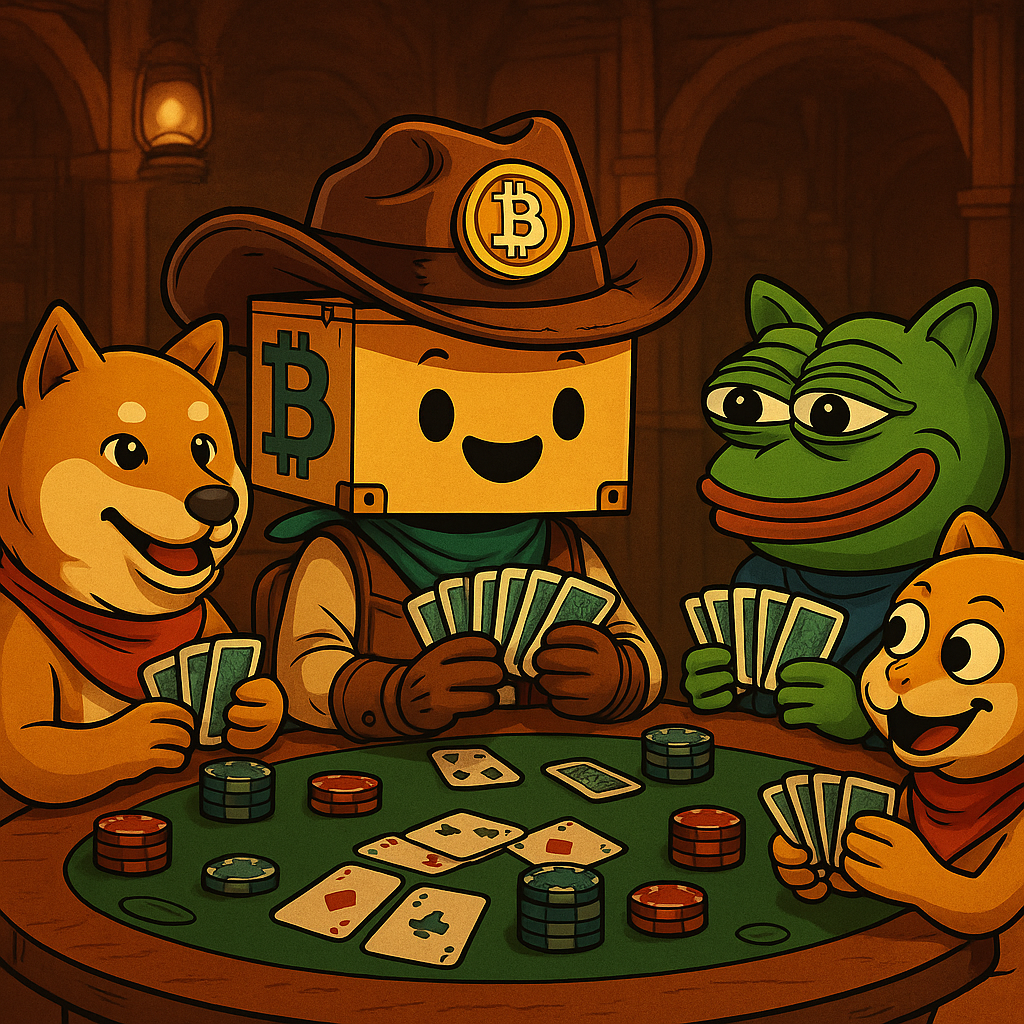The Banks Just Quietly Rebuilt the Financial Rails — On Blockchain
J.P. Morgan & DBS Bank might’ve just pulled off the biggest move in modern banking — and most folks don’t even see the dust yet.
They’ve connected their blockchain systems together — interoperable across both public and private chains.
Yes, public chains. That’s a milestone few thought we’d see this soon.
Here’s what that unlocks 👇
-
🌍 24/7 cross-border payments between bank clients
-
⚡ Real-time, FX-free B2B settlements
-
🔗 JPMorgan’s JPMD tokens (on Base) talking directly with DBS Token Services
-
💵 No need for USDC, USDT, or CBDCs
Example:
A JPMorgan client could send JPMD tokens on Coinbase’s Layer 2 (Base),
and a DBS client could redeem them instantly as real money.
On a public blockchain.
No SWIFT. No intermediaries.
Just instant, cross-border settlement — 24/7.
Now here’s what most aren’t talking about:
This move hits two targets with one shot.
1️⃣ Replaces SWIFT and legacy T+2 rails
2️⃣ Creates a bank-issued, fully regulated stablecoin alternative
Tokenized deposits are the secret sauce here:
✅ Fully backed 1:1 by actual bank deposits
✅ Direct claim on the issuing bank (not on reserves)
✅ Interoperable across chains and institutions
In short: these aren’t stablecoins — they’re better.
Banks watched Stripe pay $1.1B for Bridge.
They watched USDC & USDT hit $300B+ in market cap.
Now they’re building institutional-grade alternatives — without buying anyone.
My take:
The real unlock is cross-issuer, cross-chain fungibility.
When a JPM token = a DBS token = an actual U.S. dollar…
you’ve got the foundation for the new global settlement layer.
Across public blockchains.
Across private networks.
Across the entire financial stack.
This isn’t crypto hype.
It’s the quiet rebuilding of finance — globally, and faster than most realize. 🏇💰
GET THE BOOK!


